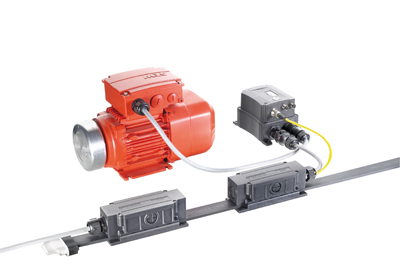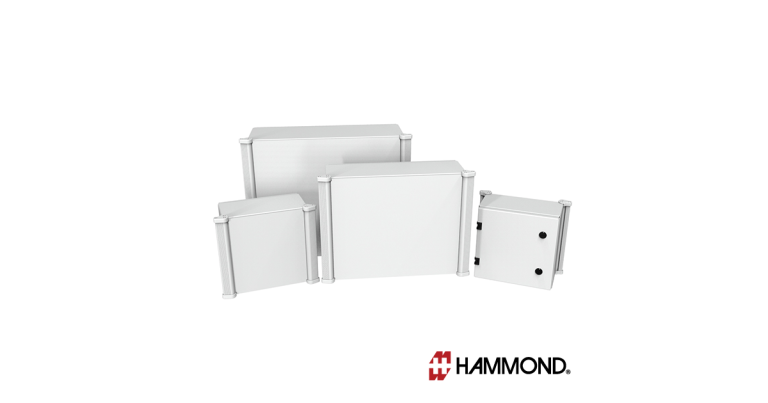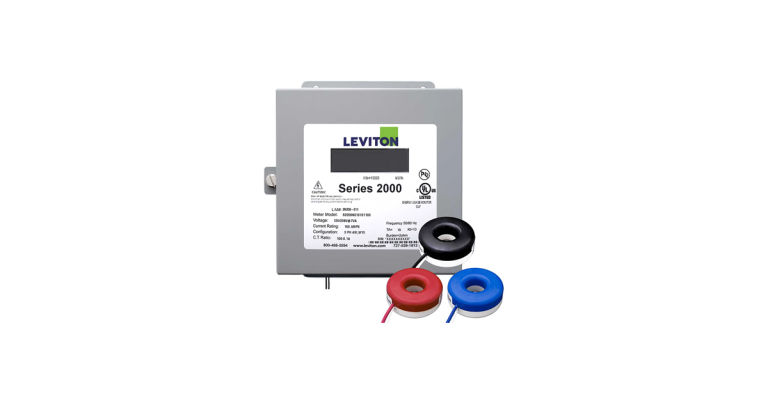Decentralized Power Distribution for Industrial Environments

March 5, 2018
Increase flexibility and efficiency with the podis power bus system for industrial environments. The seven conductor cabling system is rated for up to 20 amps and 600 volts, and is ideal for decentralized power distribution in machines and systems with large dimensions. The power bus is an exposed run tray cable with a unique flat shape suitable for use with conveyor systems such as baggage handling systems in airports or post & parcel systems in logistics warehouses. In addition, the system can be used in production facilities such as the automotive industry, and for service & emergency lighting inside elevator shafts and wind towers.
podis® is the ideal power distribution solution for applications that require fast and reliable field wiring of modular assemblies and minimal pre-engineering time. The system uses insulation-penetrating contacts, which do not require any cable stripping. This provides the highest possible flexibility during initial installation as well as during retrofitting, greatly reducing labour costs and the need for specialized labour. In addition, a more reliable and error-free connection is achieved by the insulation-piercing screws, when the proper torque is applied, than alternative wiring systems. Field installation time is also greatly reduced by eliminating the need for wire stripping. Watch how 12 meters of cable can be installed in just 10 minutes here.
The modular podis® system includes feeder and distributor modules, service switches, fixed and plug-in power branches, pre-assembled cable sets as well as extensive accessories such as LED lights.
Learn more about industrial power bus and power distribution.












![Guide to the Canadian Electrical Code, Part 1[i] – A Road Map: Section 52 — Diagnostic imaging installations](https://electricalindustry.ca/wp-content/uploads/2022/11/Guide-CE-Code-2.png)




